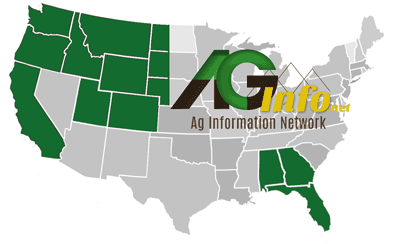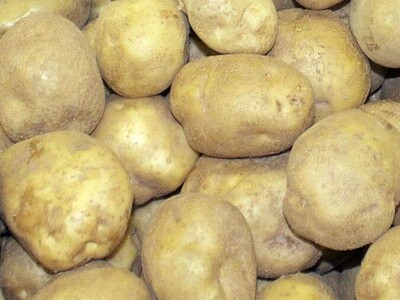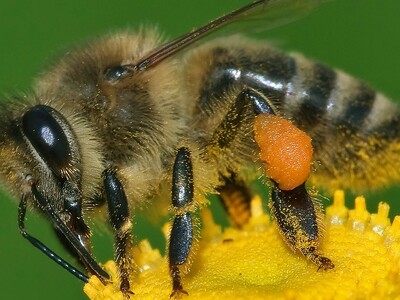12-4 IAN Myco Battle
Due to this year’s ominous drought, many producers are now faced with the challenge of how to feed the 2012 yield to their livestock. “This year’s climate created all the right ingredients for a cocktail of mycotoxin challenges,” said Dr. Max Hawkins, part of an industry Myctoxin Management Team who could not be reached because of international travel. Hawkins has been giving his clients these five tips for dealing with poor quality feedstuffs:
1. Dry corn to 15 percent moisture or less within 24-48 hours of harvest. Reducing the moisture will help to stabilize the mold level and prevent further growth.
2. Screen grain to remove fines, broken kernels and foreign material as these are precursors to increased mold growth.
3. Have all ingredients that are grain or are sourced from grain analyzed for mycotoxins. This should be a comprehensive analysis that looks at numerous mycotoxins, not just one or two. There are more than 500 known mycotoxins, and the greatest percentage of samples contain from two to five mycotoxins.
4. Mycotoxin analysis should be conducted regularly throughout the storage process, as temperature and moisture changes will affect mold growth.
5. When purchasing ingredients, it may be difficult to locate mycotoxin-free feedstuffs. Many producers may find ingredients from certain areas that are consistently higher and will need to search for another source. Know the levels of mycotoxins that are practical and can be fed and the guideline limit that should not be fed to livestock.














